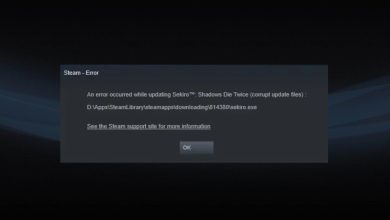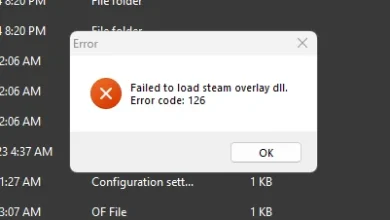Fix: Steam Not Recognizing External Hard Drive
Steam may fail to recognize the external drive for many underlying reasons. When this happens, the game library appears empty, or Steam may prompt you to reinstall the game that you have already installed on your external drive.

This issue typically occurs when Steam can no longer access the data on the drive, even if it’s connected to the PC. This can happen when the external drive disconnects, enters sleep mode, or when there are issues with the Steam settings.
Before we move on to the solutions, you can try some quick fixes that are known to resolve this issue.
First, you need to restart your computer. Restarting the computer can fix the Steam not recognizing the external hard drive issue as it will reinitialize the connected drives, including USB ports and the external hard drive, which might resolve the issue.
Another thing you need to ensure is that the drive is connected and active before starting Steam. If the external drive is not connected to your computer, it is obvious that Steam will not recognize the external hard drive.
1. Reconnect the External Hard Drive
If the external drive is not connected, try removing and reconnecting it to force Windows to reinitialize it. This should resolve the recognition issue caused by connection problems. Therefore, make sure to reconnect the external hard drive before making any changes to the system.
2. Assign a Constant Drive Letter
Steam relies on a constant path to locate the games and applications. If the path is changed, Steam won’t recognize the external hard drive. Therefore, by assigning a constant drive letter, the path remains the same, allowing Steam to recognize and access the right drive.
- Press the Win key to open up the Search Menu.
- Here, search for Create and format hard disk partitions and hit Enter to open the settings.

- Right-click the external hard drive and select Change drive letter and paths.

- Then, click Change and select a new drive letter.
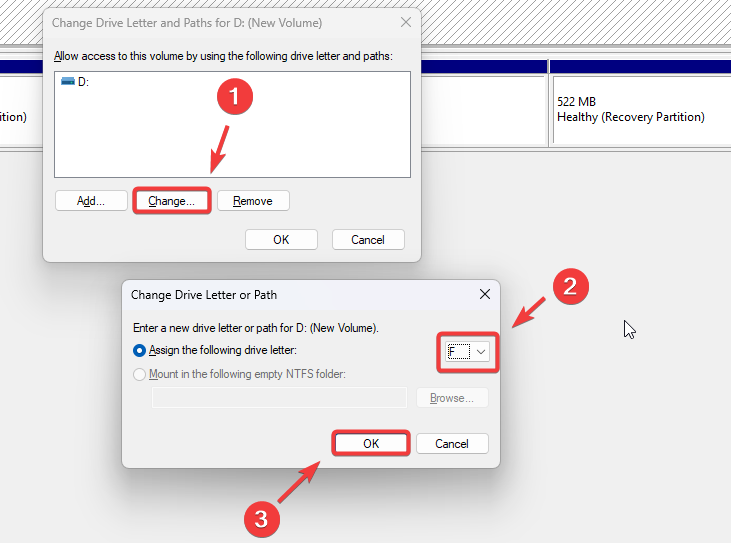
- Once done, click OK to save the changes.
3. Remap the Steam Library Folder
If the issue still persists, there is a high chance that the drive path or folder structure has changed, especially if you disconnect the external hard drive frequently. In this case, you can try adding the external hard drive by navigating to the Steam settings.
- Open Steam and click the Steam icon from the top.
- Then, select Settings.

- Go to Storage from the left, click the Dropdown icon associated with the drive, and click Add Drive.
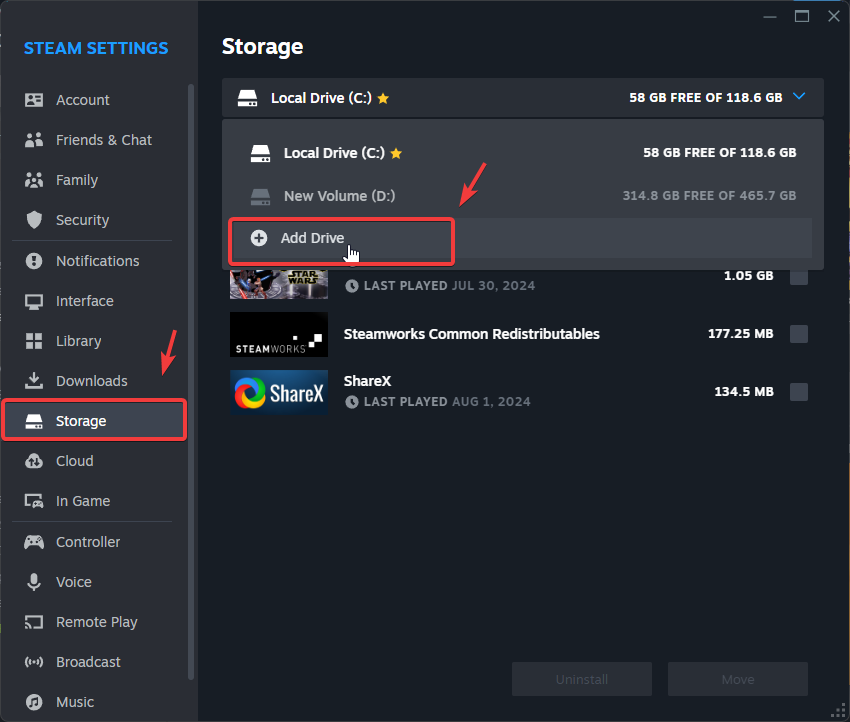
- Select the correct folder where your games are stored. For example, D:\SteamLibrary. Do not select the subfolders steamapps or common.
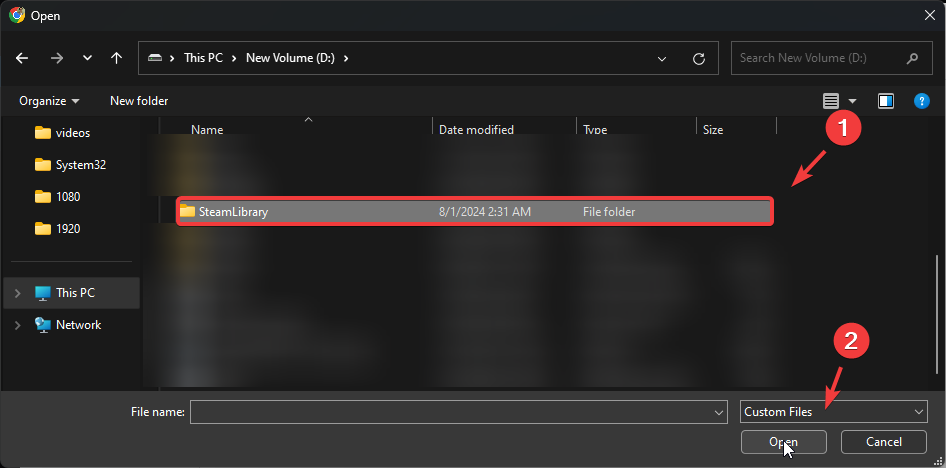
- Once done, the issue should be resolved.
If none of the above solutions helped, it may be due to other underlying issues like corrupted game files or outdated software.
Additionally, while using an external drive for Steam libraries can be convenient, it is generally recommended to use an internal SSD or hard disk for better performance and reliability.
External drives may suffer from slower read/write speeds and connection stability, potentially affecting game performance. For an optimal gaming experience, consider transferring your Steam library to a faster, internally connected drive.
